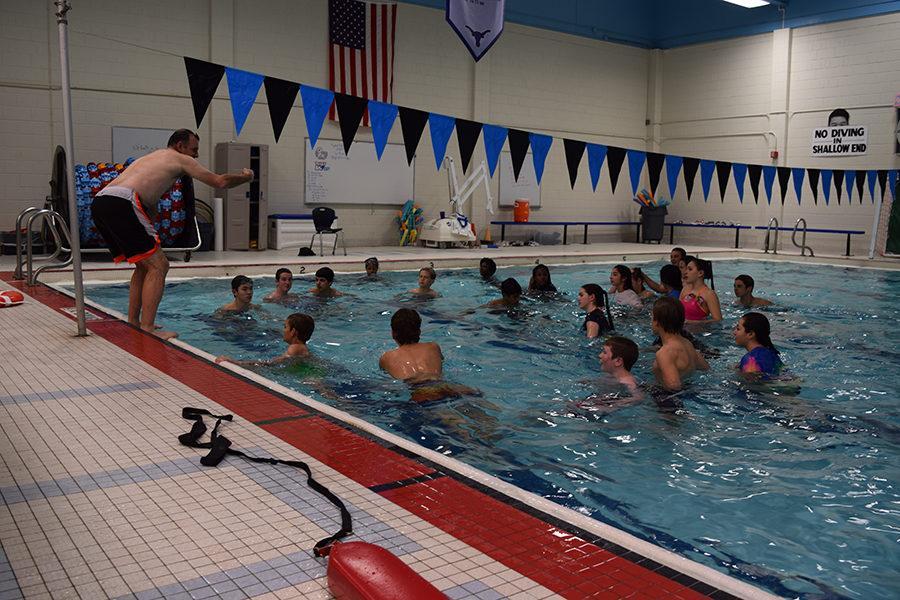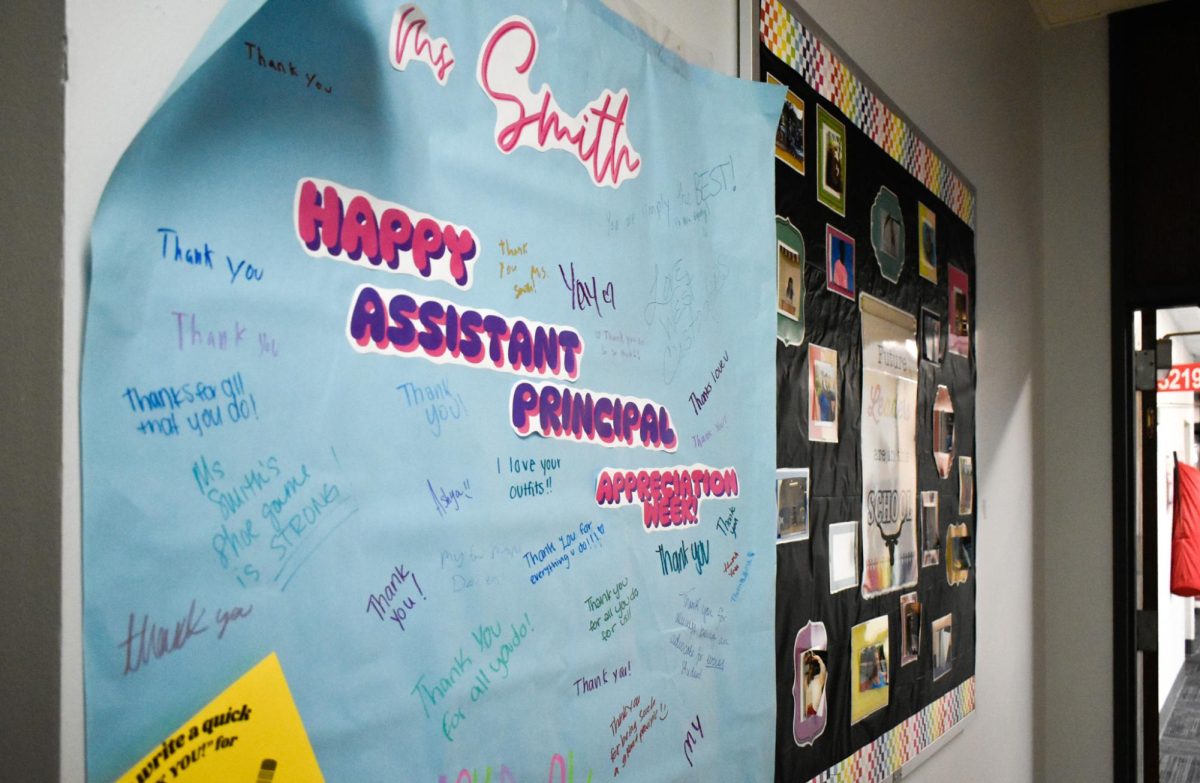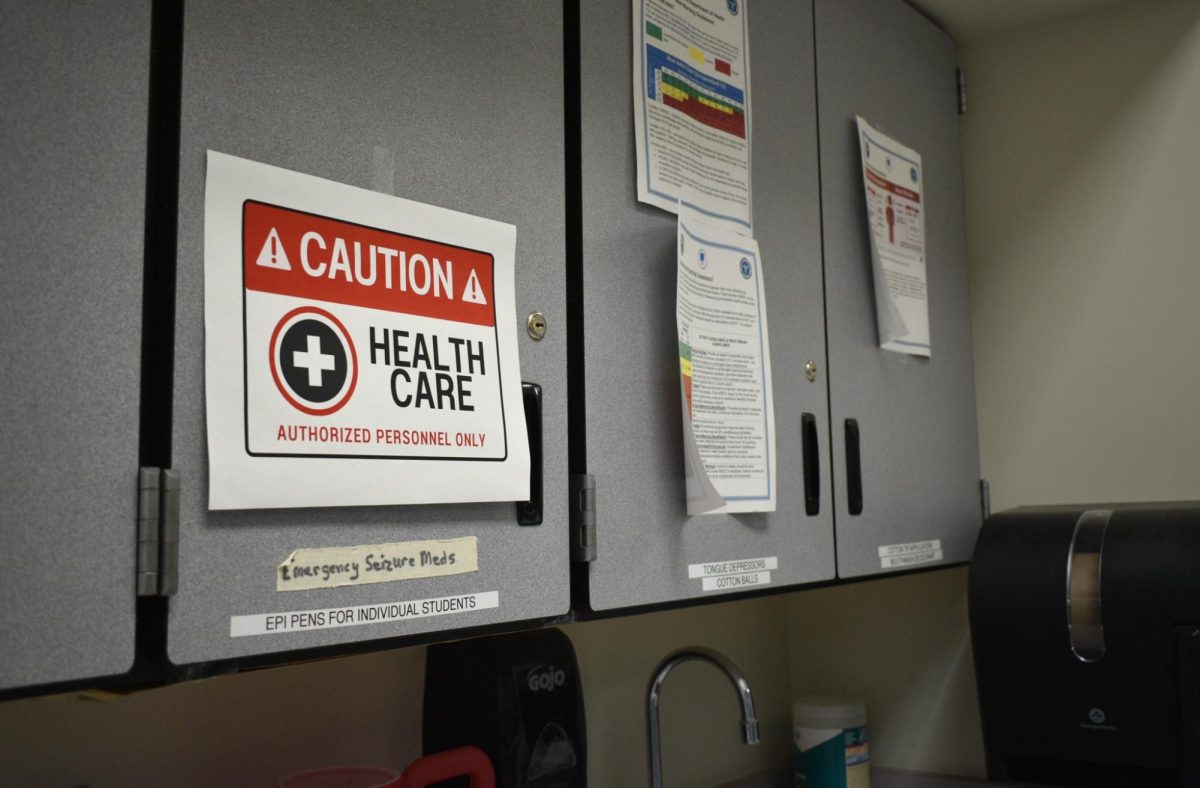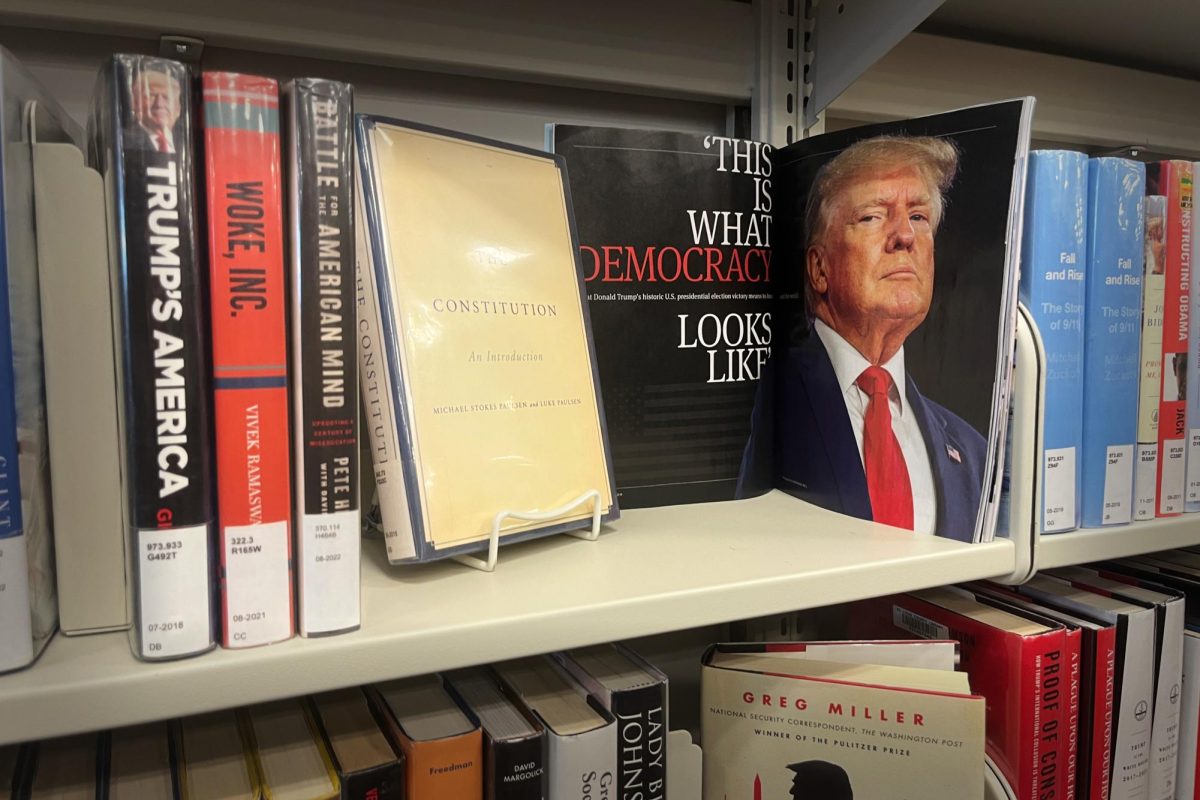Six miles, strength training, 700 calories burned—all in a day’s work for student athletes at West and it’s not from a physical education class. It’s from running cross country. Even after hours of academic activity, students then shift their focus to after school athletics practices that continue in rain, wind, snow or shine. From football to basketball, cross country to water polo, West offers a multitude of athletic opportunities which students willingly embrace with dedication. Even so, these dedicated students are still charged with enrolling in two semesters of physical education.
Multiple disadvantages burden students who participate in sports and the high-school level. After hours of school work, student athletes sacrifice an additional two to three hours out of their day to practice, sweat and be physically active. If students participate in a total of four sport seasons over their entire high school career, these individuals would have accumulated more than 30 days of continuous physical activity. In addition, the hours that these students spend working out outside of school hours take away from the potential time in which they could be studying. Logically, by allowing after school athletics to count for the required physical education classes, students could then forgo the unnecessary classes from their schedule and replace them with a study hall or other academic classes, which gives the students an opportunity make up the hours of study and work they lose once the final bell rings. The boys and girls cross country teams consistently rank as having the highest GPAs out of all sports teams, over a 4.0 on average, so it is reasonable to expect many athletes to take on difficult honors classes. What’s more, students wishing to pursue a career in science or medicine are encouraged to “double-up” on science classes, taking AP Chemistry and AP Physics 1 simultaneously junior year, and AP Biology and AP Physics II their senior year. Beyond increasing workload, these classes can crowd students’ schedules, even to the point of not being able to fit physical education classes, let alone other electives.
Far more stressful are the physical demands of gym classes. To improve student health and participation in physical education classes, teachers now utilize heart rate monitors to track student activity, putting athletes at an unfair disadvantage. According to the American Heart Association, the more active a person is, the lower their resting heart rate will be. As other students walk quickly to keep their heart rate in a cardio zone, for example, a soccer player might have to run at a moderate to fast pace, which can fatigue them before an already strenuous practice in the afternoon. Whether they are not able to reach and maintain the heart rate dictated by the curriculum or are compromising their health for practice by exhausting themselves, student athletes have justification for forgoing physical education classes. Training schedules for all sports are developed with significant planning to make sure athletes peak at the prime time in their season. For athletes, jogging aimlessly around a track as a testament to physical fitness is just a waste of time.
Of course, there must be stipulations to a physical education exemption for athletes. Since student-athletes would not be in a structured class with a teacher, a pass-fail credit must be awarded instead of a grade on the traditional scale. Reasonable requirements that demonstrate committed participation in their sport must also provide boundaries for the exemption. Coaches should give references to the athlete’s behavior, leadership and level of activity with the team. Participation in two seasons of a sport should count as half of a physical education credit, meaning that an athlete must participate two years of two sports as a minimum requirement. Requiring students to compete in different sport seasons ensures that they will be performing a variety of activities that replicate the different units in a standard physical education. In order to attain the credits, for example, a female swimmer should also run track or play lacrosse in the spring to demonstrate a variety of physical activity. Such requirements still ask much of student athletes in the way of flexibility in the mind and body, pushing their boundaries just as all students do by working hard in physical education. Athletes still swim, bike, run, throw and catch like they would in the gym, but they also represent their school and build a base for success in their future endeavors.
High school athletics are more than just activities, hobbies and amusements. For the students that dedicate years of training to win a big game for West or cross the finish line in record-breaking time, athletics are an occupation that require them to become more responsible and efficient in all areas of their lives, from homework to relationships. Taking on loses and celebrating victories are just two of the ways athletes learn leadership, humility and humbleness outside of the classroom. The fact is, kids aren’t cookie-cutter creatures; character, skills and healthy habits can be developed out on the field just as well as in the classroom without driving students into the dust.


![Leaning on the podium, superintendent Melissa Schneider speaks to Parkway journalism students during a press conference. Schneider joined Parkway in July after working in the Thompson School District in Colorado. “My plan [to bond with students] is to get things on my calendar as much as possible. For example, being in [classes] is very special to me. I am trying to be opportunistic [meeting] kids [and] being in [the school] buildings. I have all the sports schedules and the fine arts schedules on my calendar, so that when I'm available, I can get to them,” Schneider said.](https://pwestpathfinder.com/wp-content/uploads/2025/09/IMG_5425-1200x943.jpeg)


![Red, white and blue, the American flag holds the values of our democracy. The fight that we once endured has returned, as student journalists and senior correspondents across the country are losing their voices due to government control. “[Are] the White House and [the] government limiting free speech [and] freedom of the press? Yes [they are],” chief communications officer of the Parkway School District and former journalist Elisa Tomich said.](https://pwestpathfinder.com/wp-content/uploads/2025/03/Untitled-design-14.jpg)
![A board in the Parkway West counseling department displays pennants of selective universities. With a wide range of students interested in attending, it’s important that these schools have clear priorities when deciding who to admit. “[Washington University] had the major that I wanted, psychology, philosophy, neuroscience. That's a holistic study of the brain, and [WashU is] the only college in the world that offers that. That's the main reason I wanted to go; I got into that program,” senior Dima Layth said.](https://pwestpathfinder.com/wp-content/uploads/2025/02/Flag-1.png)

![Within the U.S., the busiest shopping period of the year is Cyber Week, the time from Thanksgiving through Black Friday and Cyber Monday. This year, shoppers spent $13.3 billion on Cyber Monday, which is a 7.3% year-over-year increase from 2023. “When I was younger, I would always be out with my mom getting Christmas gifts or just shopping in general. Now, as she has gotten older, I've noticed [that almost] every day, I'll open the front door and there's three packages that my mom has ordered. Part of that is she just doesn't always have the time to go to a store for 30 minutes to an hour, but the other part is when she gets bored, she has easy access to [shopping],” junior Grace Garetson said.](https://pwestpathfinder.com/wp-content/uploads/2024/12/DSC_0249.JPG-1200x801.jpg)

![Senior Sally Peters stands in the history hallway, contemplating her choices in the 2024 United States and Missouri elections on Nov. 5. As a member of Diplomacy Club, Peters has discussed key candidates and issues in contemporary American politics. “[As students], we're starting to become adults. We're realizing how much the policies that are enforced and the laws that make it through the House and Senate are starting to affect us. [Opportunities such as] AP [U.S.Government] and Diplomacy Club [make elections feel] a lot more real,” Diplomacy Club vice president and senior Nidhisha Pejathaya said.](https://pwestpathfinder.com/wp-content/uploads/2024/10/Flag-1-1.png)
![Mounting school pressure can leave many students overworked and overstressed. Schools must give students the necessary resources to help assuage student mental health issues and prevent the development of serious crises. “The biggest thing [schools] can do [to protect student mental health] is offer more time [to do work], like a study hall, or offer more support from teachers so that students don't feel stressed out and can get help in areas that they need,” senior Bhavya Gupta said.](https://pwestpathfinder.com/wp-content/uploads/2024/09/unnamed-4.jpg)